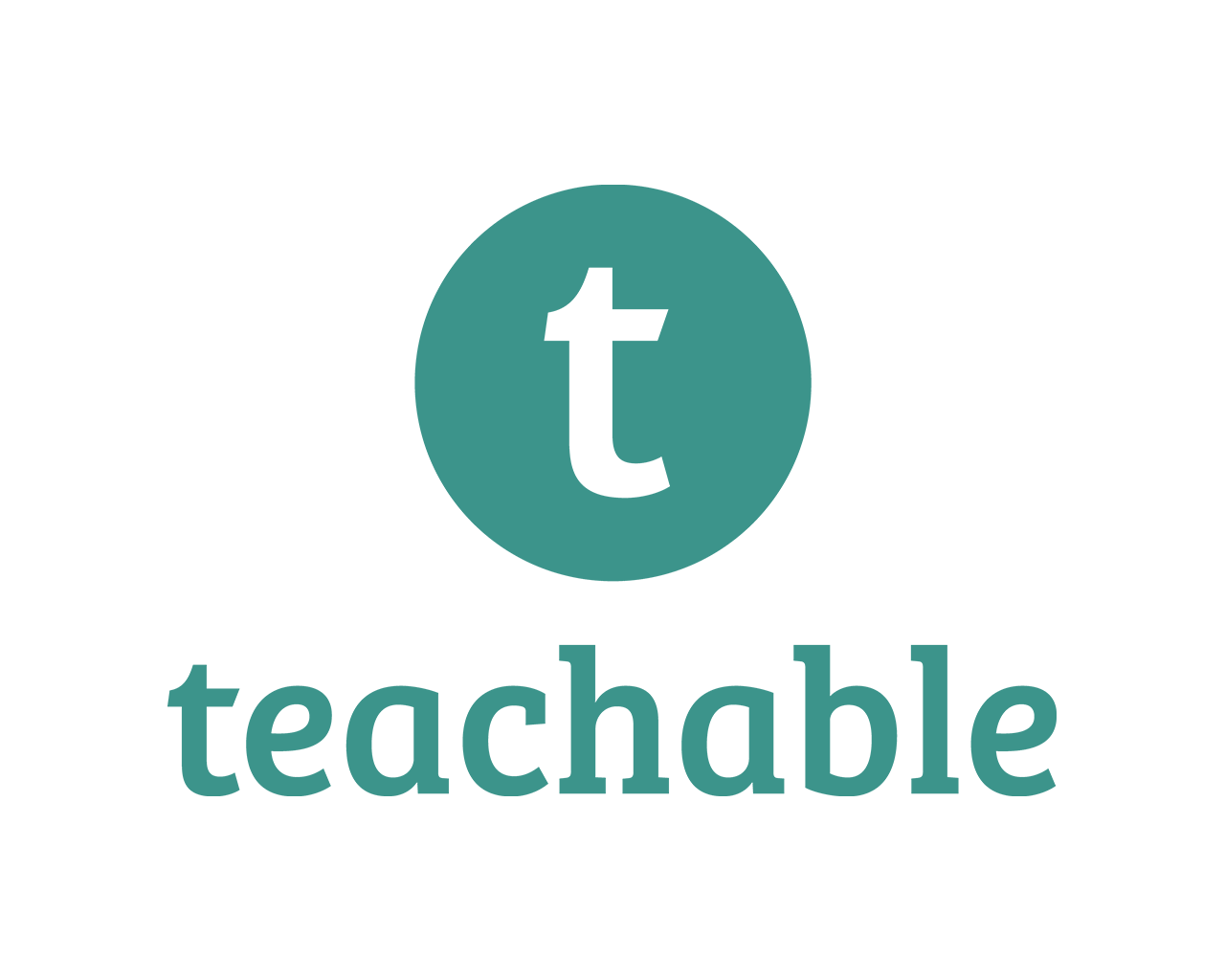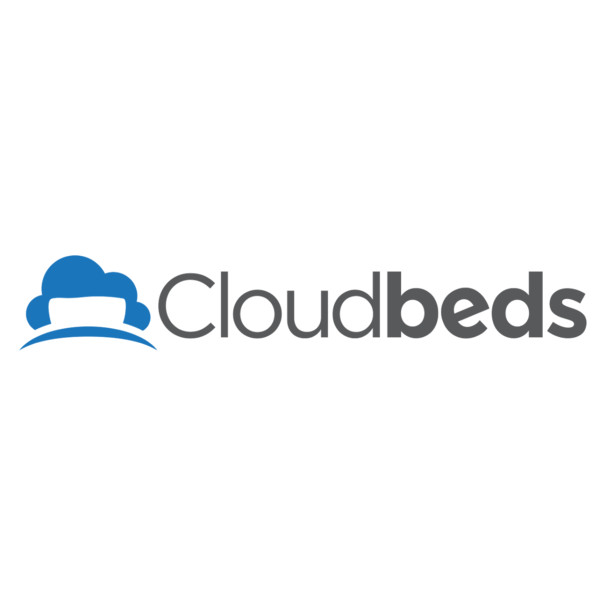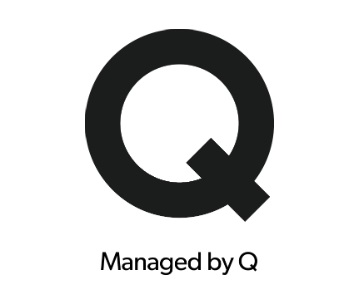Whether you’re building an onboarding process for the first time or revamping your existing one, the goal remains the same: you want to create an efficient and meaningful experience that sets every new employee up for success in their role. Having a top-notch onboarding program can save your company money in the long term, and help ensure things are running smoothly.
Since there’s no one-size-fits-all answer to onboarding your employees, we asked some of our favorite companies to share their best tips for creating a strong onboarding process. Here are their top 5 recommendations based on their experience and successes.
1. Incorporate Your Team Values from Day One
Your company values and mission statements are the heart and soul of who you are. But between the checklists and first-day information you want to deliver to new hires, it’s easy to forget that the first days are a great time to showcase who you are as a company. Flick Electric Co. knew they wanted their values to play a front-and-center role when they began developing a structured onboarding process. This New Zealand power company is disrupting the status quo of the electricity market by offering their customers a transparent way to purchase wholesale power. They believe that their mission sets them apart from the competition, so they wanted to be sure new-hires felt empowered by these values early.
At Flick, all new hires shadow the customer service team to see first-hand how the company embodies their values in customer interactions. The team hopes that cross-team collaboration early in the onboarding process will help keep their mission central as they grow their team. By incorporating multiple opportunities to show their new hires how they live out their mission in daily activities, they’re able to instill that sense of pride in their employees early on.

“It’s nice as a new employee to be able to get a sense of transparency early on and know where you can access the information you need. It’s part of the process to make sure that people are getting important information early on and feeling part of the culture. ”Maeve Jones
Flick
Likewise, the team at POP–a digital marketing agency with a mix of full-time and contractors–strives to incorporate their team culture into the onboarding process as much as they can. They center an employee’s early days around the things that create a lasting impact and are particularly unique to their company culture. Highly customized onboarding programs, depending on whether employees are contractors or full-time hires, are just one of the ways POP makes sure their team feels valued. Structuring their onboarding in a way that focuses on employee happiness has allowed them to think about a new and essential layer of culture-building.

“Think about what makes you stay with your company and what makes you happy there. It might sound like this is the cherry on top, but it's far more valuable than how to send an out-of-office request. Center around what makes someone stay because that lasting impact is what makes you love the place you work.”Molly Brady
Pop
2. Think Big Picture, Then (Clearly!) Map Out How to Get There
When you’re thinking through building your onboarding process the goals may seem simple, but the path to getting there is often winding. It’s not as easy as just giving a new hire a list of expectations and things they need to complete and expecting them to be fully ready to go in a few days. Most people aren’t able to hit the ground running without some time to warm up, and that’s okay. It’s important to think through how you will help them get from point A to point B in a timely and easy-to-digest way.
At Automattic (the team that powers some of the web’s most recognizable sites, through WordPress.com, Jetpack, WooCommerce, and others), the onboarding program aims to help new hires achieve significant goals. But they structured their process so that it builds on itself over time in an intuitive way: they separate and structure goals into actionable items throughout the ramp-up period.
Plus, since they have a very diverse and mostly distributed team across the globe, they prioritize clear communication in every interaction. Rather than discussing vague ideas and sending follow-up links for new hires to read through on their own, Automattic stresses an inclusive mindset with clear instructions and opportunities to ask questions. They believe in over-communicating expectations rather than assuming employees will understand.

“Map out your big picture goals for onboarding and break down those items into weekly chunks. From there, what needs to happen daily becomes incredibly clear. If you don’t start big picture, you’ll end up creating a lot of clutter that looks like activity but isn’t achieving anything. Never mistake activity for achievement. Over-communicate expectations rather than assuming new-hires know what you mean.”Anne McCarthy
Automattic
3. Build Your Process Around The Practices You’ve Seen Work
Sometimes the best practices are easy to recognize. Is there something your company has been doing for a while that yields positive results? Or maybe a particular manager or team that has a good track record of ramping up new team members effectively? Start there and see what is working or what isn’t. Use that knowledge to build your process and make those things more consistent across onboarding for all new hires.
Teachable took informal inspiration from internal teams, incorporating tried-and-true teaching and teambuilding techniques into the onboarding process. For example, if you’ve noticed that one manager has particularly positive relationships with direct reports that they’ve developed by inviting new hires out to lunch during their first week, consider asking managers to do this for all new hires. You can even collect feedback or schedule check-ins to see if the new initiative is working.

“Try to build process around informal practices and things you've seen people do for new hires. Invite them to lunch, share basic knowledge such as private slack channels, lunch spots, team rituals, and more complex things like how to interact with other departments, etc. These things are much easier to systematize than starting from scratch!”Nick Rasch
Teachable
Similarly, Celmatix has built their own scalable onboarding program that keeps things centered around lasting company traditions while retaining a personal touch. New hires are invited to the company-wide bagel breakfast where they can meet and greet other team members, and they’re welcomed with a jar of their favorite candy on their desk on their first day. They also have all new hires attend an in-person “Celmatix 101” session with key stakeholders, which gives the newcomers background information about the whole organization. The greatest thing they’ve learned through observation and feedback? It’s okay to rely on a team of onboarders (rather than just one person).

“Through a mix of front-loaded preparation and automation, my team and I have successfully created an onboarding program that doesn’t place the burden on any one person or team but also aims to make a new hire feel special during their first days with Celmatix.”Janna Biagio
Celmatix
4. Create a Volunteer Buddy or Ambassador Program to Help New Hires Learn the Ropes
Buddy systems are popular for good reason: assigning new hires a buddy or mentor helps get them get settled in during their first few weeks, and is a built-in introduction to your company’s culture. Buddy systems can be as simple as making an introduction, but you can also optimize the success of your program in a few small ways.
For starters, think through what the criteria might look like to become a mentor at your company. Maybe you’ll require a certain amount of tenure or level of seniority? Or perhaps you’ll open it up to anyone with enthusiasm around your company mission? Whatever you decide, the team at Cloudbeds, a hotel management software company, suggests looking for volunteers rather than just assigning buddies. After all, you want to give new hires an excellent impression and make them feel valued. Nothing’s worse than being paired with someone who doesn’t seem like they want to show you around or help you succeed.

“Ask who wants to participate in the buddy program, because the people that raise their hands and say they want to be an ambassador are the ones who will do it and be engaged. Being an ambassador shouldn’t be a chore, because it’s meant to make new people feel welcome.”Jennifer Johnson
Cloudbeds
5. Be Sure You’re Reflecting the Best Possible Version of Your Company
Finally, don’t forget that onboarding is an extension of your recruiting process. You’re likely putting a ton of time, money, and effort into recruiting the best talent for your team. Onboarding efforts shouldn’t be any different. The new hire’s experience during their first six months is a big determining factor in how long they’ll stick around, so building an onboarding process that shows you’re invested in them pays off.
Definitely tell new employees that you strive to empower and encourage every individual in their work—but make sure you’re showing it, too. Don’t leave them feeling unsupported or like the rug was pulled out from under them the first month into their job. The best way to do that is to make sure that everyone on your team is living those values you promoted during the interview process, from managers investing in growth to teammates rolling out the welcome mat.

“If you have a poor onboarding process, people are more likely to leave. We put a lot into our hiring and genuinely love our employees, so we want them to stay. ”Sam Celli
Managed by Q